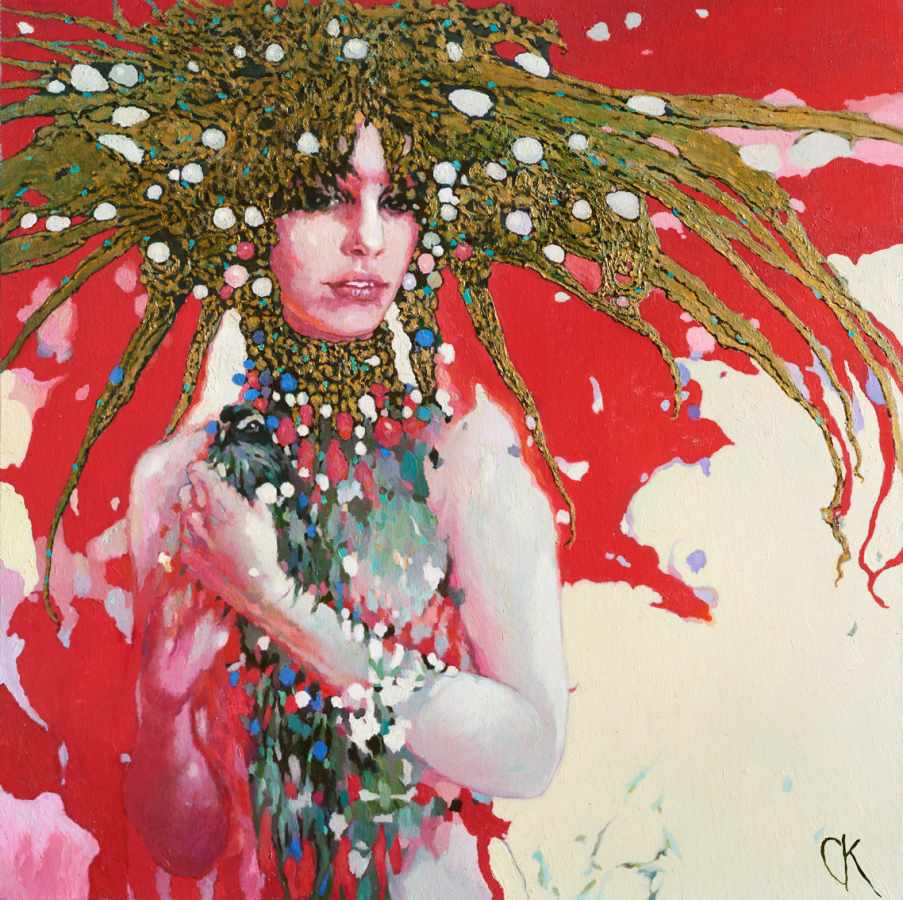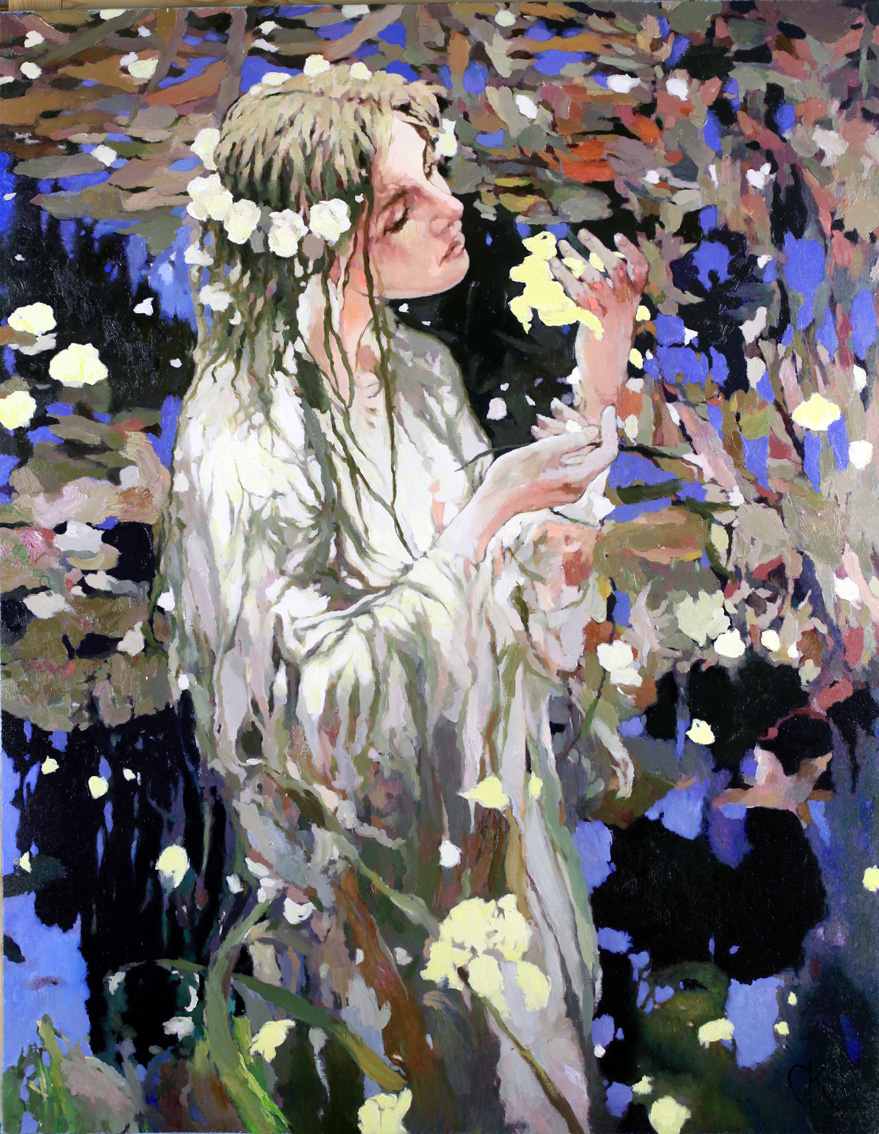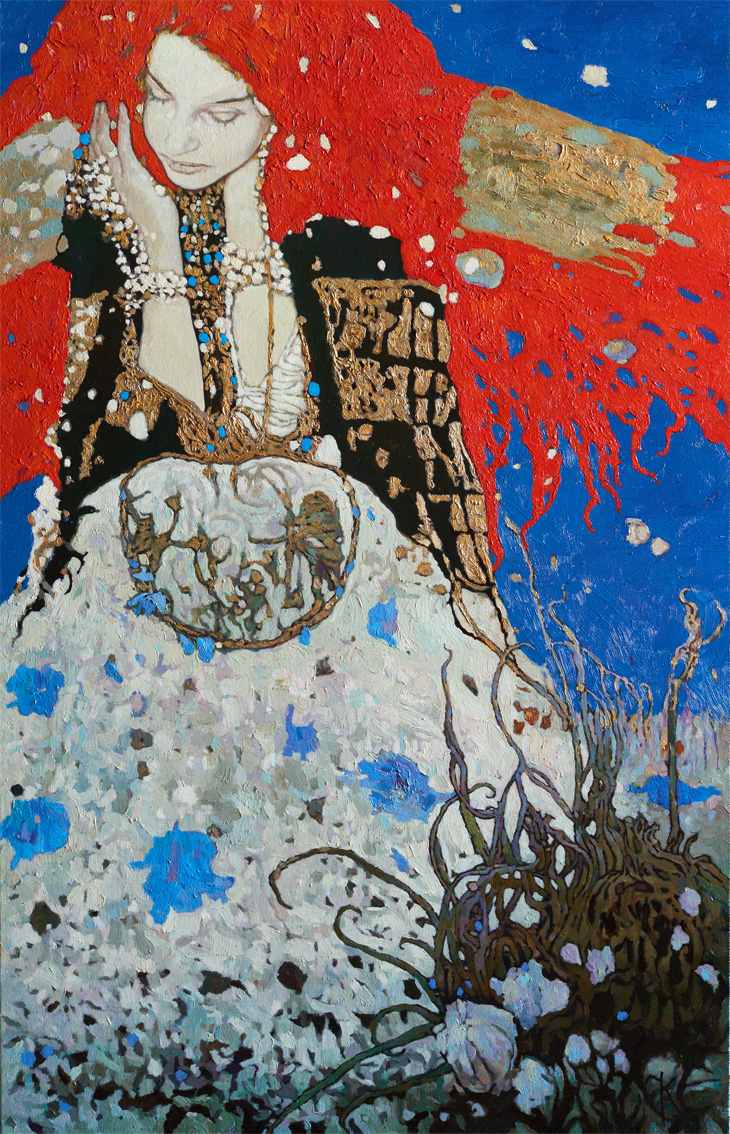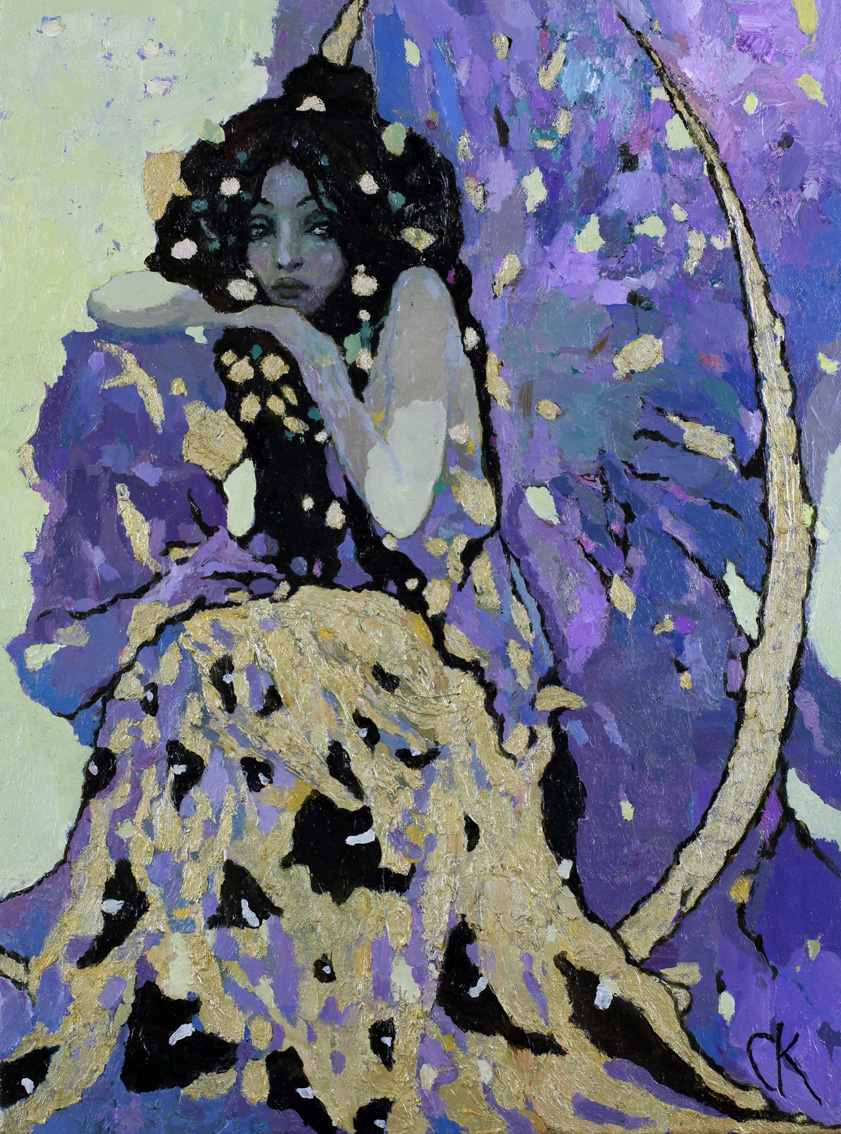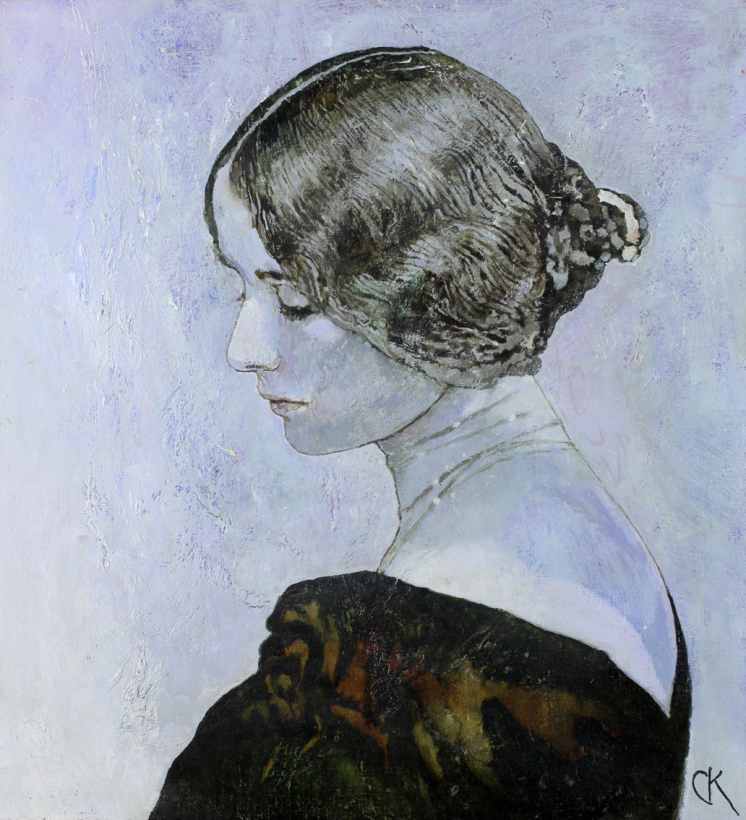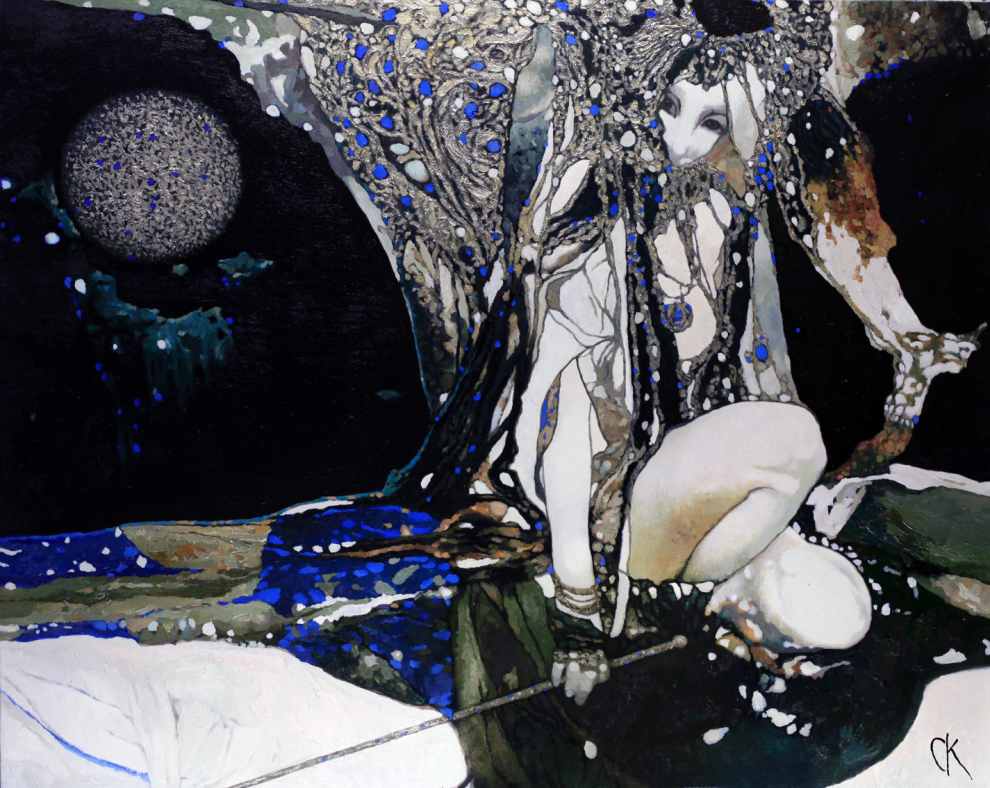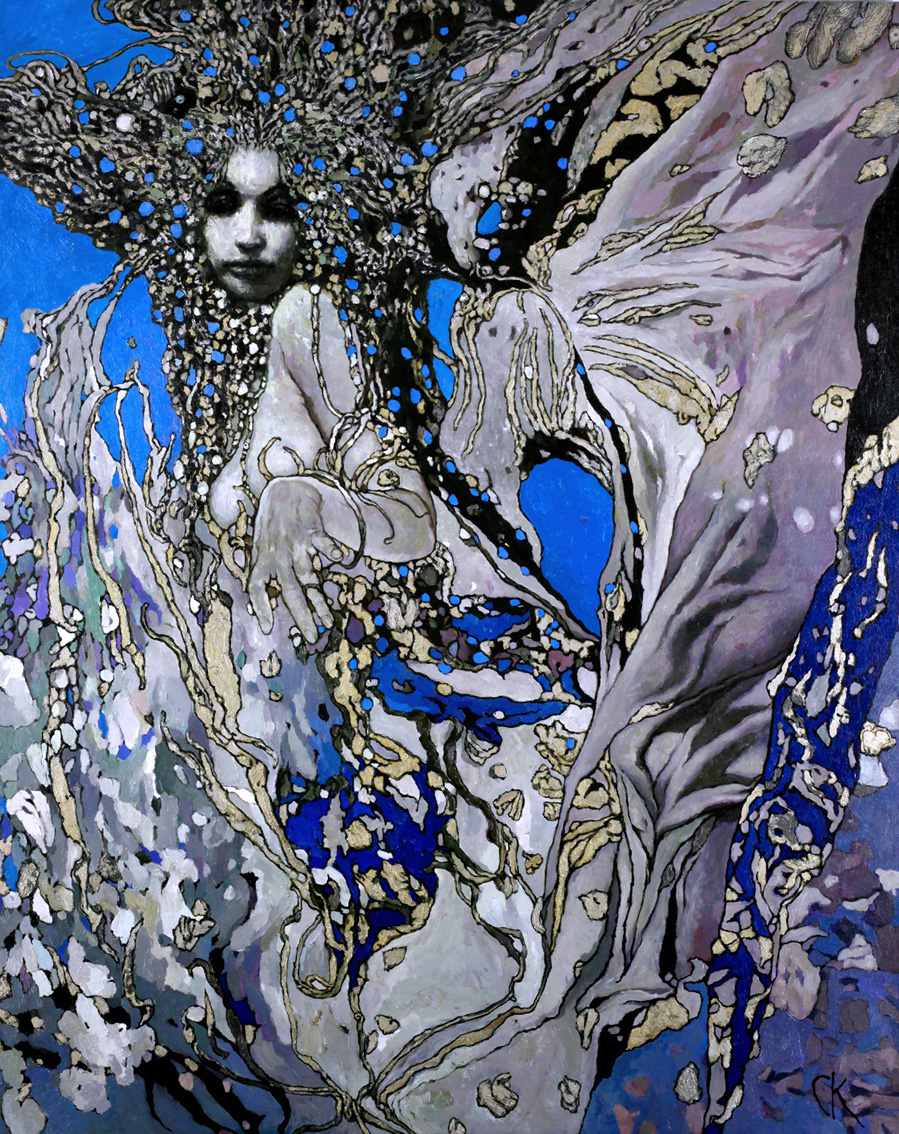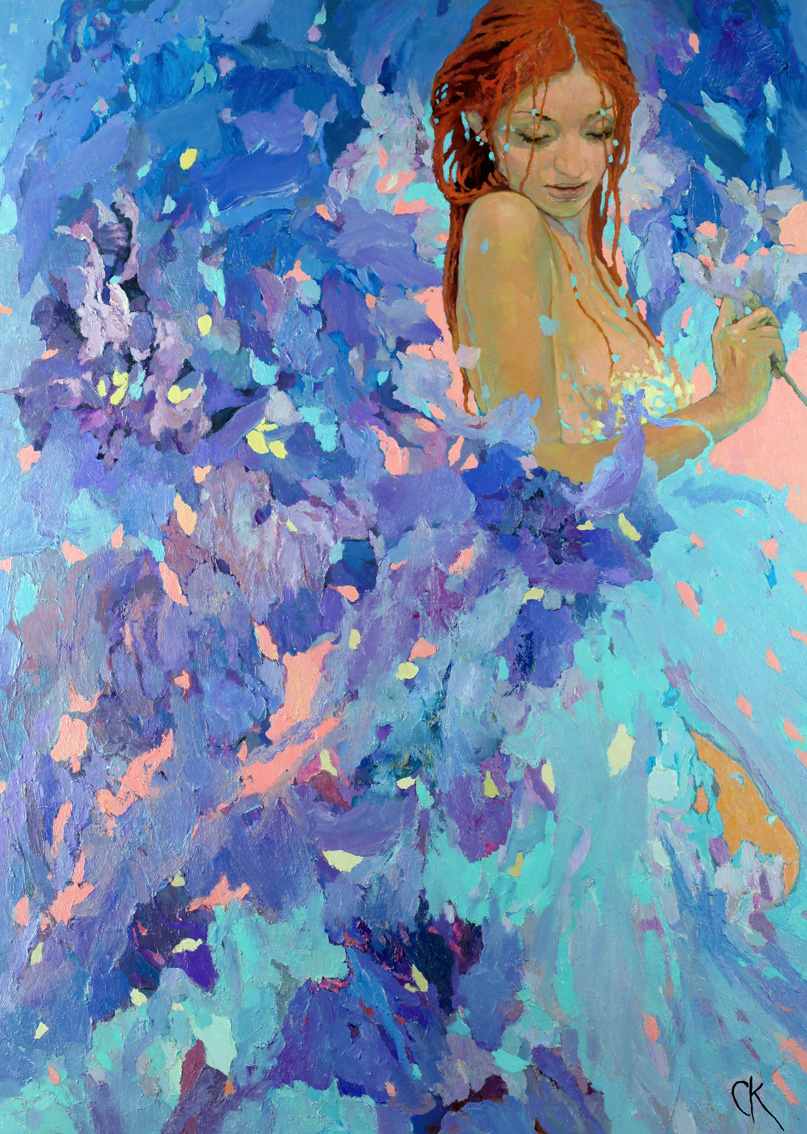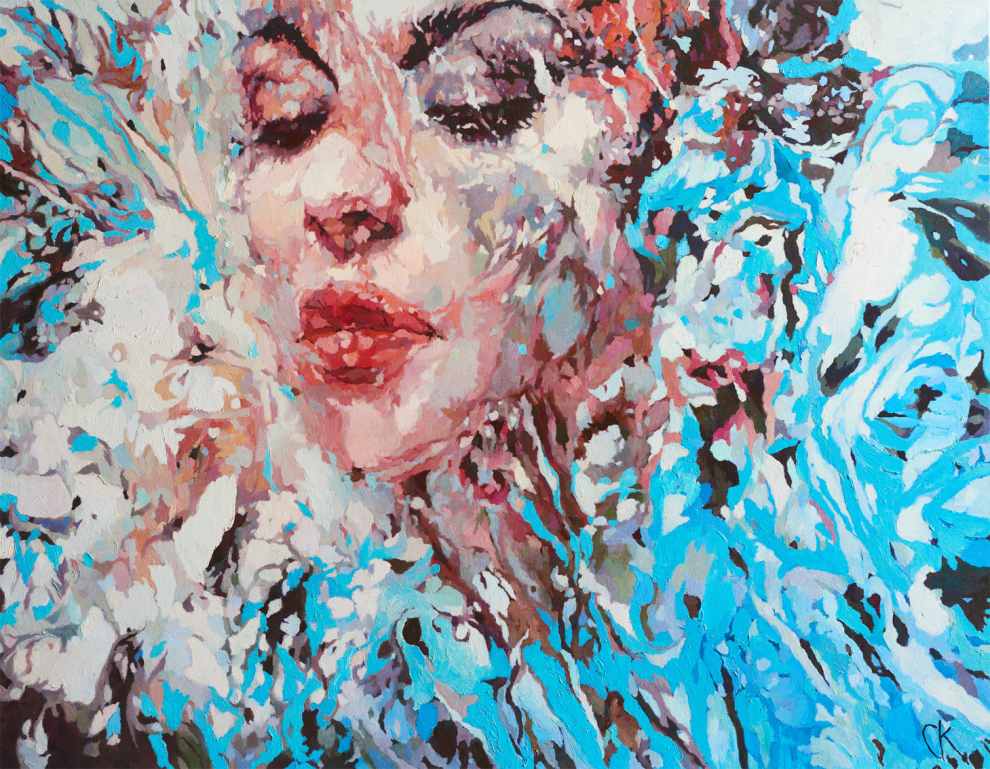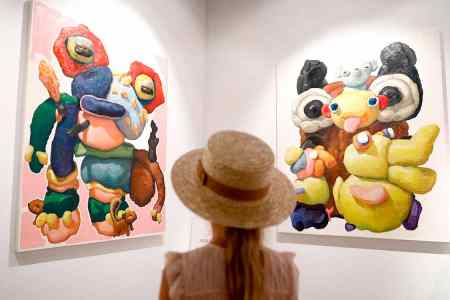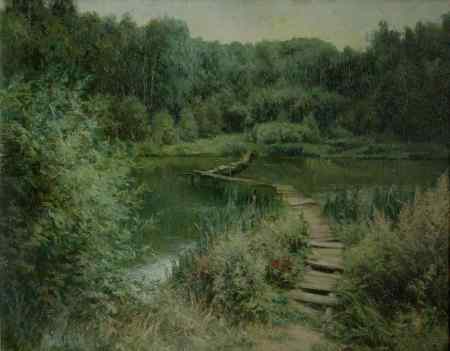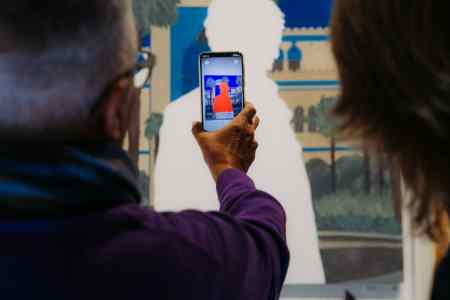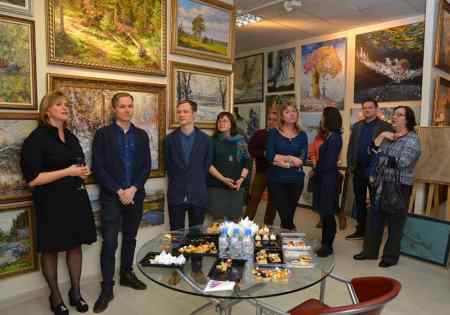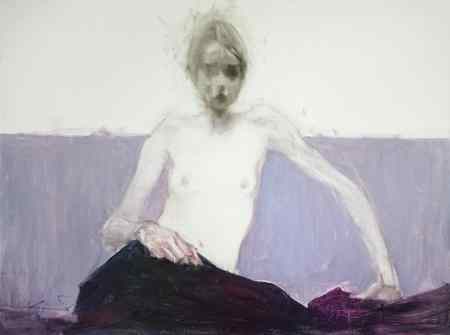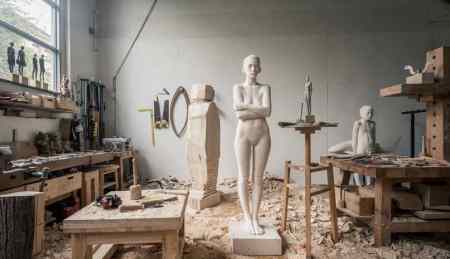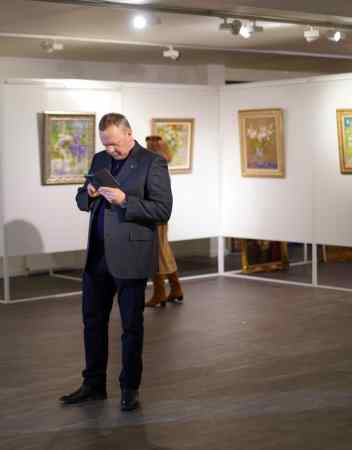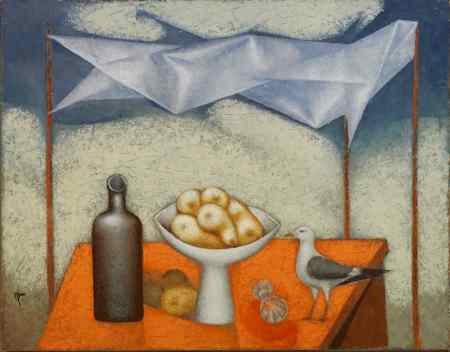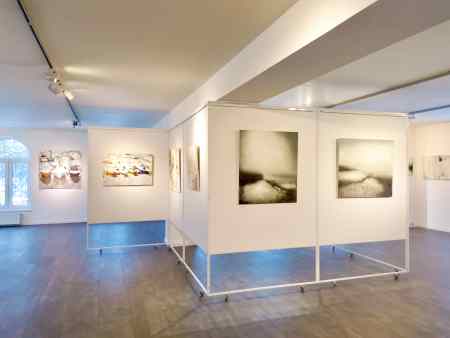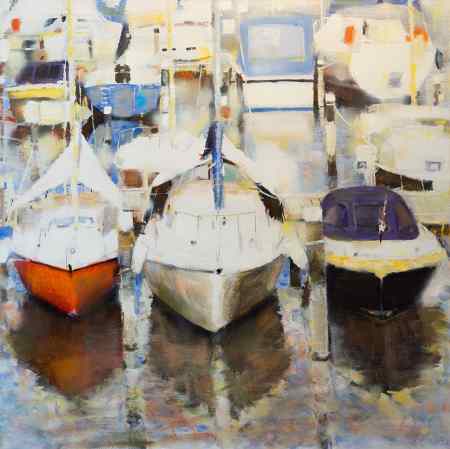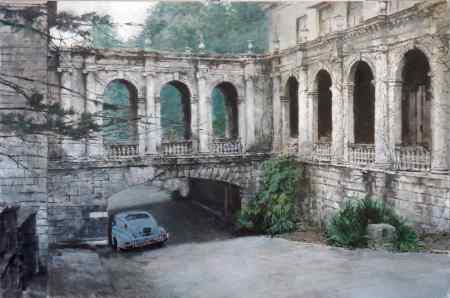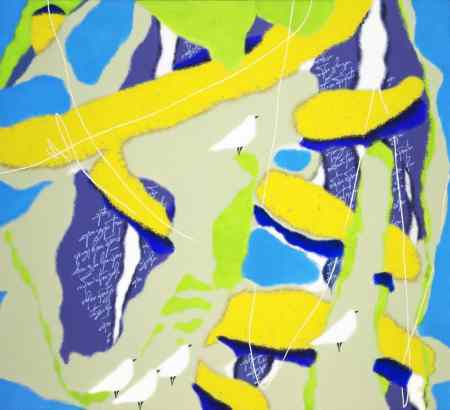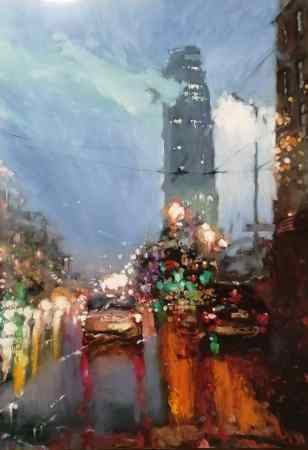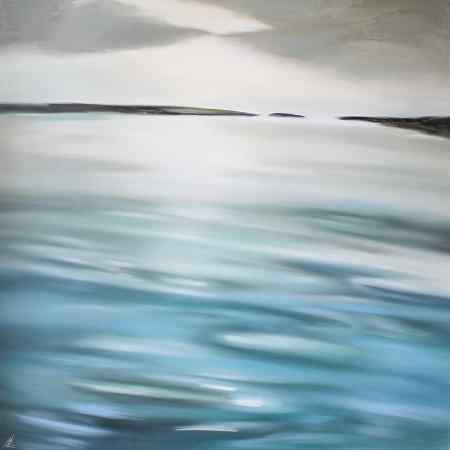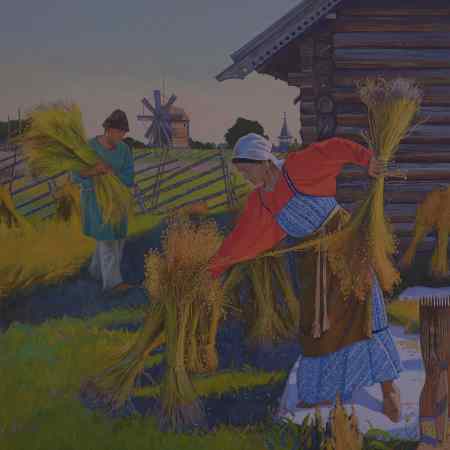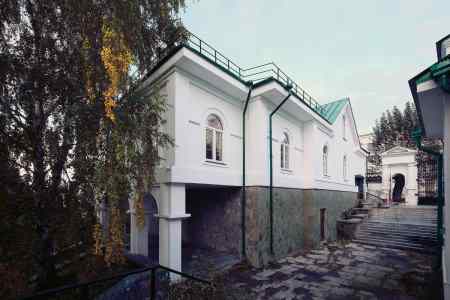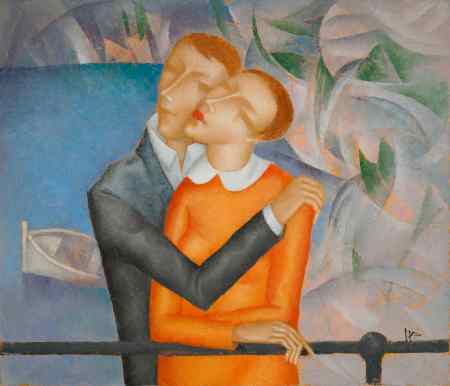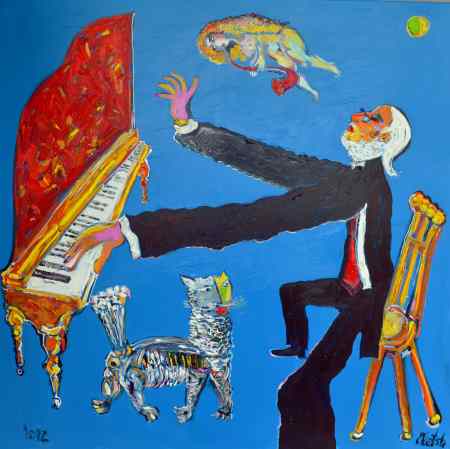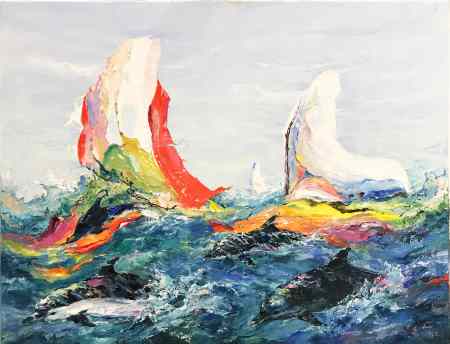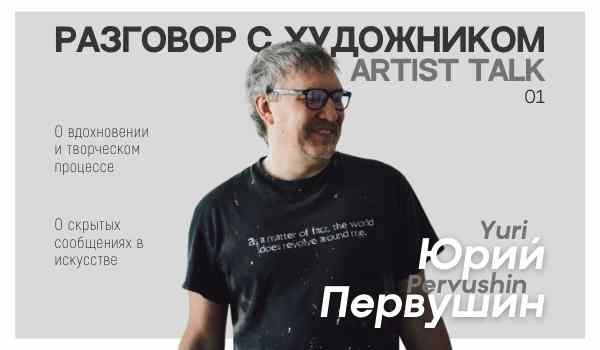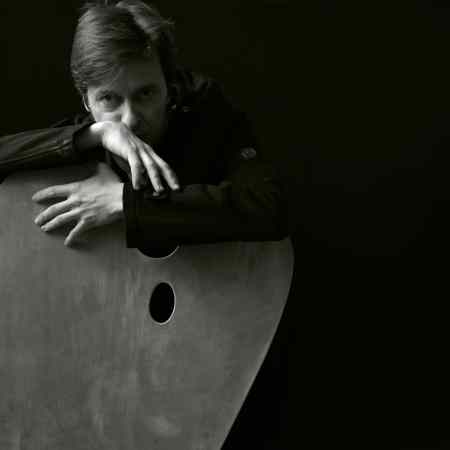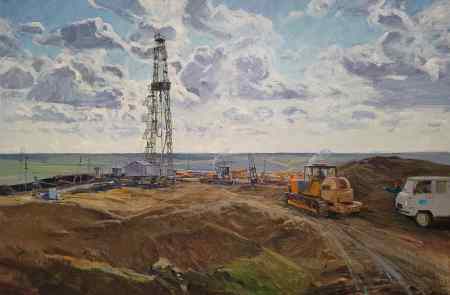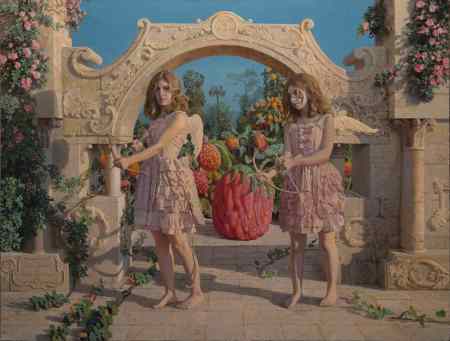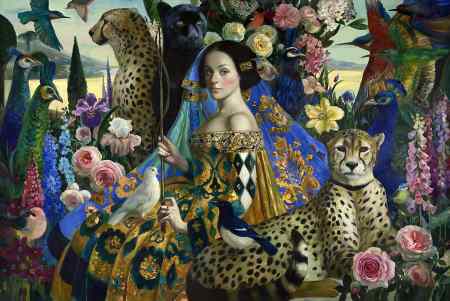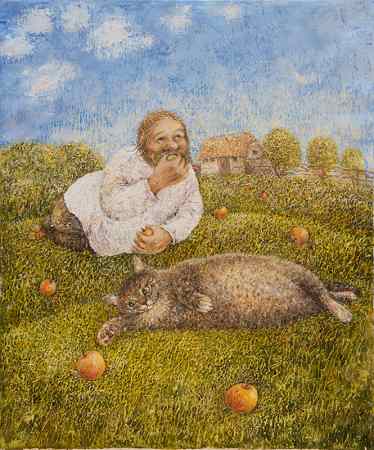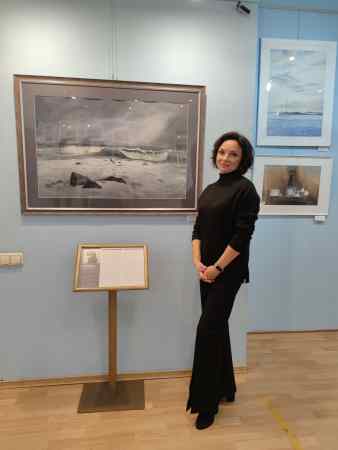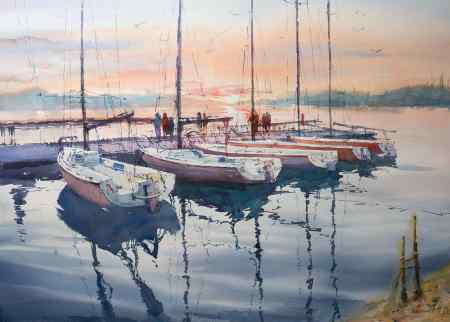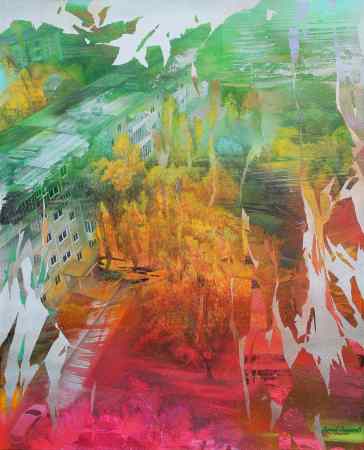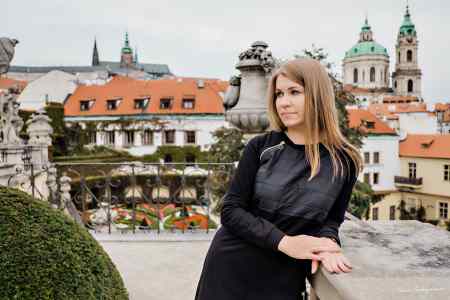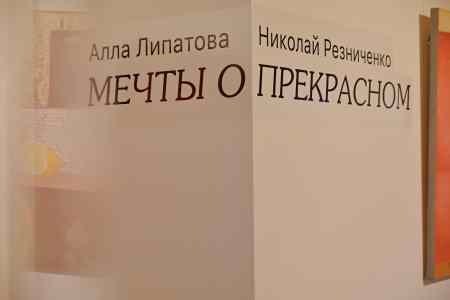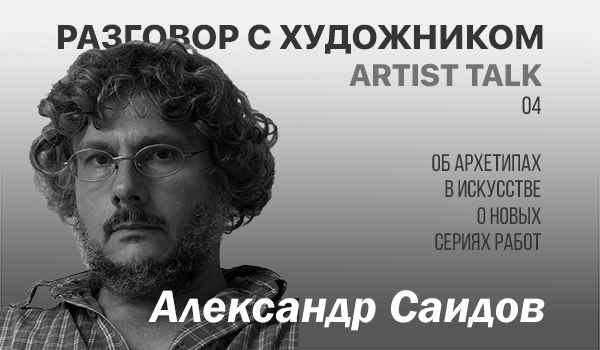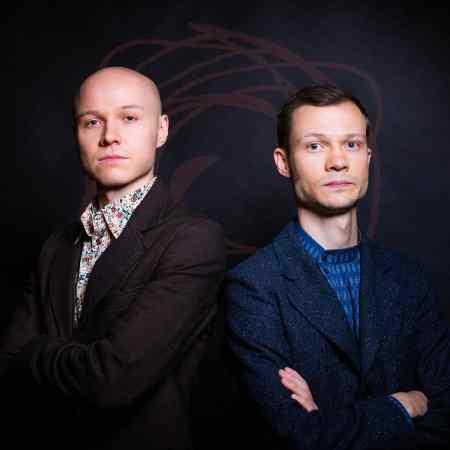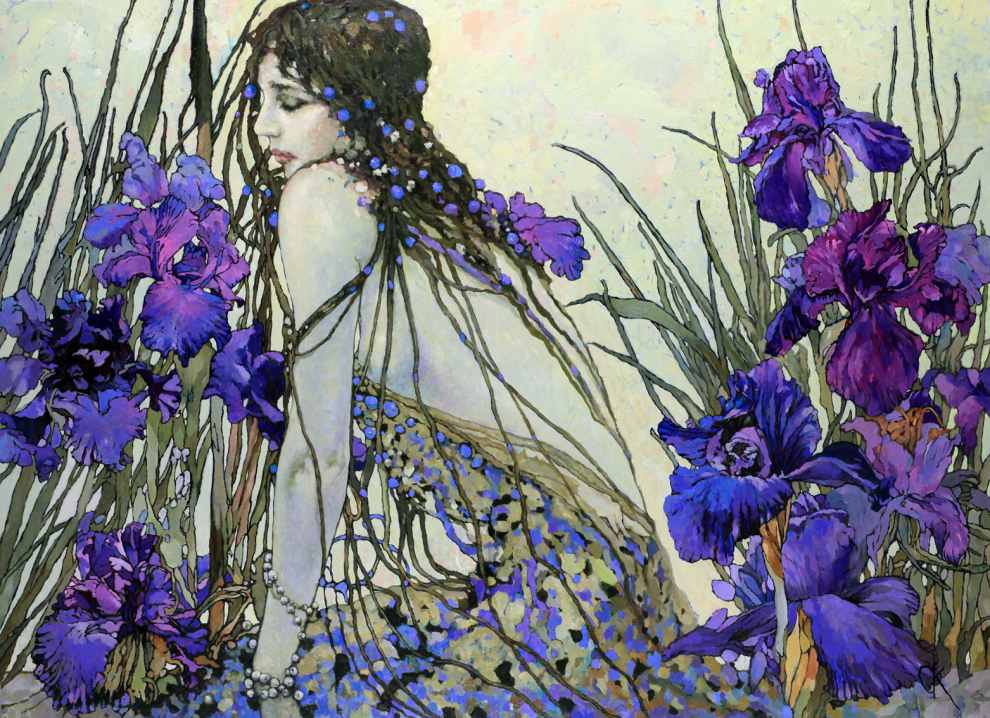
The Elegy of Colour. Female Images in the Art of Stanislav Krupp
Stanislav Krupp: the Artist Inspired by Art Nouveau.
Depending on the period in their professional development, the artist experimented with painting techniques, combinations of colours and palette, and with the manner of presenting the images. However, Stanislav Krupp's interest in female images in all their grace and beauty has always been the same. Stanislav Krupp reveals the versatility of the female character and turns to literary works, legends and fairy tales for inspiration. He is interested in folklore characters, as well as in collective images associated with a particular period.
Women play the key role in the paintings of Stanislav Krupp, the artist endows them with magical beauty and grace. They often appear as the personification of natural forces or the incarnation of characters from fairy tales and legends. Despite this, the author does not create generalised images; women in his paintings always have individuality and character. The metaphorical nature of the subjects, the spirituality of characters, and the predominance of fantastic motifs over realism make Stanislav Krupp's art closely related to symbolism.
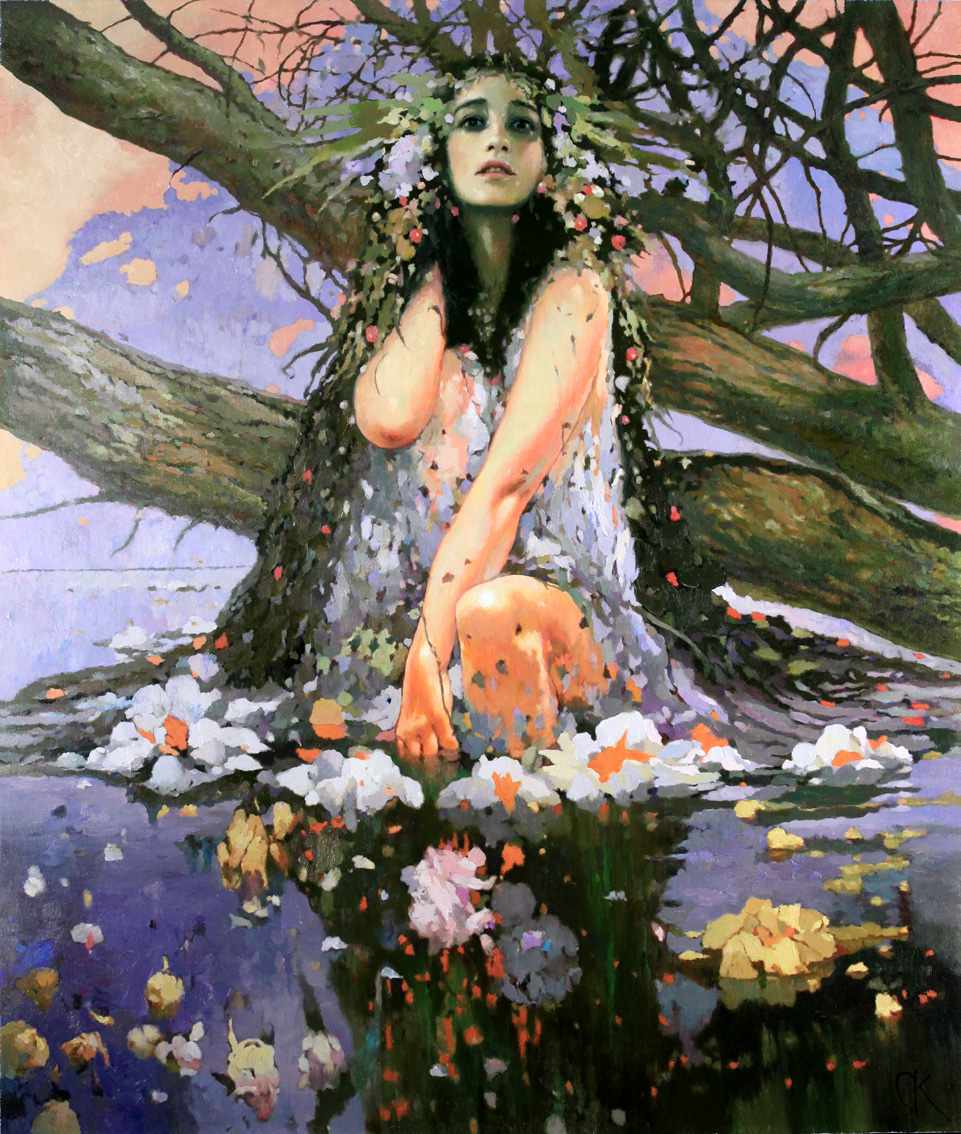
Hairstyles and facial features of female images, their dresses and the general elegance of silhouettes reveal stylistic affinities to the personages in the paintings of Alfons Mucha and Gustav Klimt. Indeed, Stanislav Krupp is greatly inspired by the representatives of the Vienna Secession. This art movement from the end of the 19th and beginning of the 20th centuries (a period also known in art history as Fin de siècle), was crucial for the development of the Viennese version of Art Nouveau and Art Nouveau. The Vienna Secession was founded by young Austrian artists who opposed the stereotypes of academic art. A similar approach is used by Stanislav Krupp, who graduated from the Sverdlovsk Art College (1984), but fundamentally does not follow the generally accepted methods of academic painting, which are taught there. Charming female images, surrounded by floral or ornamental motifs are characteristic of the artist's work. Sometimes Stanislav Krupp depicts figures on complex backgrounds with complex ornamentation, the artist applies exquisite combinations of colours, which makes his style special. Being inspired by Russian, Polish and Czech Art Nouveau, Stanislav Krupp, nevertheless, has formed his own recognisable style and developes it to perfection.
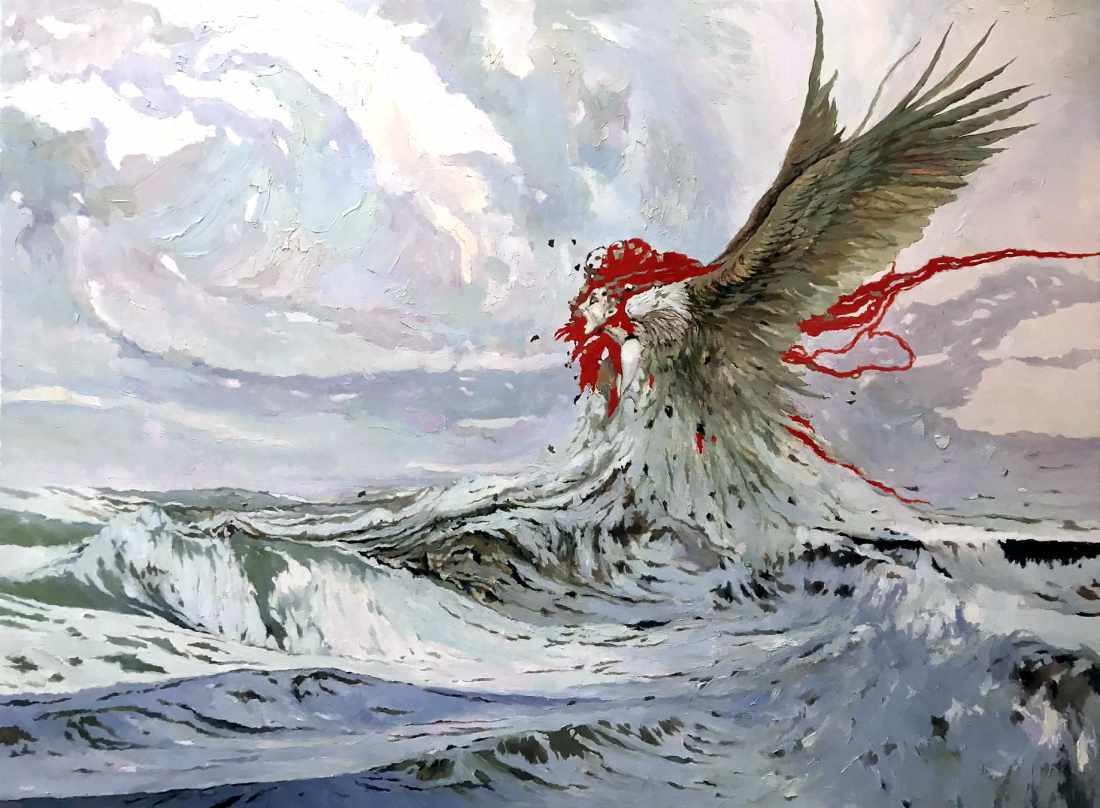
Stanislav Krupp's deep interest in European art, culture and history is clearly visible in many of the author's paintings. Perhaps that is why European viewers highly appreciate the artist's work and treat him with great interest. Paintings by Stanislav Krupp are in demand not only by Russian art connoisseurs, they are valued by collectors from Europe, Israel, Great Britain and the USA.
